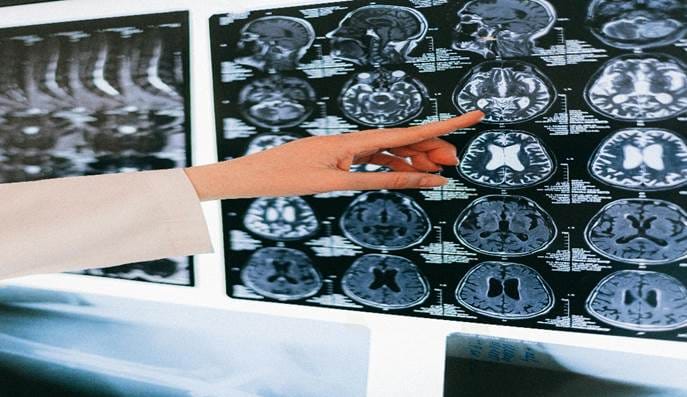Do People Ever Learn? How the Brain Adapts to Learning

At some point, we’ve all tried to learn a new skill or hobby. But how much of a role does our brain play in learning these skills? By examining scientific data from ‘Changes in grey matter induced by training,’ [1] we take a deep dive to explore how our brain adapts to learning.
The study aimed to investigate how the brain reacts when learning a new skill—in this case, juggling. Researchers conducted three brain scans on volunteers using magnetic resonance imaging (MRI) to assess learning-induced plasticity in the brain [1].
What Does Plasticity Mean?
Plasticity is the brain's ability to adapt and change its structure by forming, strengthening, or weakening neural connections. These neural connections are vital for our brain to process and apply learned experiences and memories.
The Study
The study involved 24 participants (21 females and 3 males) with an average age of 22, who were divided into two groups: Group 1 learned how to juggle, and Group 2 did not [1].
The first brain scan was taken before either group had any juggling experience [1]. This provided researchers with a baseline for comparing future scans and identifying any changes in brain structure between the two groups.
The juggling group had three months to learn a classic three-ball cascade juggling routine [1]. After they could juggle for at least 60 seconds, a second brain scan was conducted [1].
Three months later, a third scan was performed. During this period, none of the jugglers practiced or expanded their skills, which led to most participants no longer being able to juggle comfortably by the time of the third scan [1].
This could indicate that repetition of a particular skill is key to maintaining and improving performance.
The paper does not mention if the non-jugglers underwent a second or third scan; however, it is reasonable to assume that they did not practice juggling during this period and that they also completed a second and third scan within a similar timeline to allow for accurate, valid, and reliable comparisons.
Measuring Brain Changes

To analyse changes in the brain, researchers used voxel-based morphometry, a technique that detects subtle, region-specific changes in grey and white matter in the brain [1]. Grey matter consists of neurone cell bodies, while white matter consists of nerve fibres covered in a fatty substance known as myelin. They are both tissues that are essential in processing information and supporting neural communication.
Brain Scan Results
The first scan revealed no significant differences in grey matter between the two groups [1]. However, after three months of juggling practice, the juggler group exhibited a temporary increase in grey matter in the mid-temporal area and the left posterior intraparietal sulcus—brain regions [1]. These areas are involved in processing and storing complex visual motion [1]. However, by the third scan, these changes had diminished [1].
A strong correlation was observed between these structural changes and juggling performance, as these changes were absent in the non-juggling group, indicating that they resulted from learning the skill [1].
Traditionally, scientists believed that the adult human brain structure remained fixed and only changed due to ageing or disease [1]. However, this study challenges that notion, as it demonstrates that learning-induced cortical plasticity influences temporary structural alterations in the brain [1].
What Areas of the Brain Changed?

The research suggests that since all participants had adequate fine motor skills, it is likely that skills like juggling, which involve visual tracking and anticipation of moving objects, may lead to structural plasticity in the brain's visual areas more than in motor regions [1]. They were able to see which areas of the brain had alterations in grey matter through imaging.
How Do These Changes Occur?
While it is clear that changes in grey matter occurred in specific areas of the brain, the underlying mechanisms behind these temporary brain changes are unclear [1] as of the time this paper was published. These changes could result from changes in neural connections (which are vital for learning and memory), neurite growth (the process where neurones form new connections that support learning and memory), or increased cell production of potentially glial or neuronal cells [1].
How Much Can Our Brain Change? The Questions We Need to Ask
Therefore, it is clear that as we develop new skills, it leads to structural changes in our brains. This raises further questions on what other types of learning, whether physical, behavioural, or mental, may have similar effects. Further understanding of this topic could reshape how we understand and utilise our brains for learning.
Subscribe to Bare Science
To learn more about brain plasticity and human behvaiour, Subscribe to the FREE Bare Science newsletter to stay updated with the latest articles. Become a Member to receive early access to these articles and other exclusive perks.
References
Reference paper "Neuroplasticity: Changes in grey matter induced by training."
